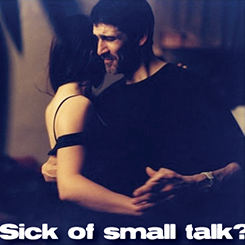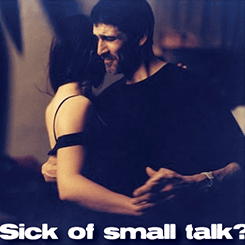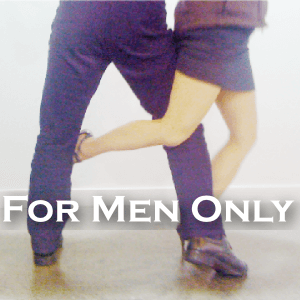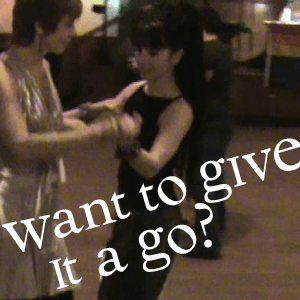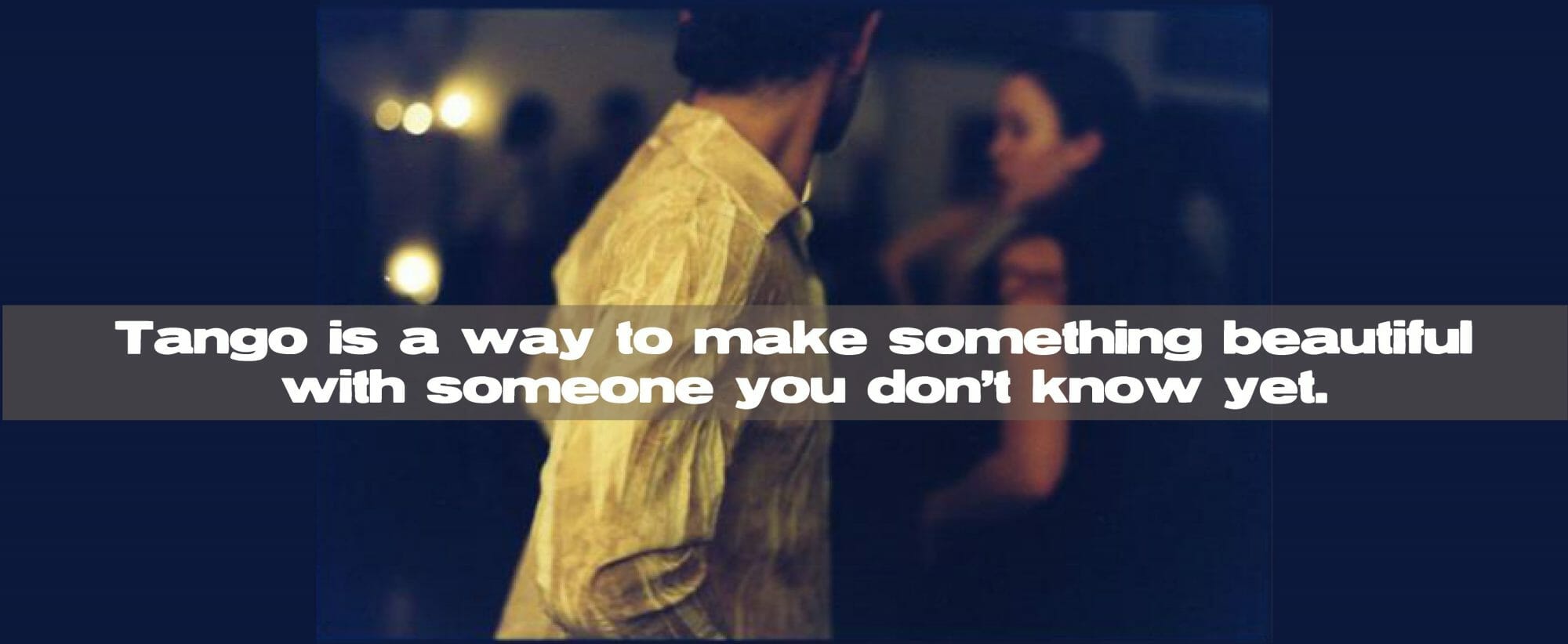 Social dances are called “milongas”. It’s like a party or dance night. Usually it is at the same place every week (some are once a month). Every city has a website announcing the milongas. Usually there is a fee at the door (around $10) for 4 or 5 hours of dancing. “Practicas” are also social events, but they are supposed to be for practice. Unfortunately many people treat practicas as milongas, and don’t use them for practice.
Social dances are called “milongas”. It’s like a party or dance night. Usually it is at the same place every week (some are once a month). Every city has a website announcing the milongas. Usually there is a fee at the door (around $10) for 4 or 5 hours of dancing. “Practicas” are also social events, but they are supposed to be for practice. Unfortunately many people treat practicas as milongas, and don’t use them for practice.
Practicas are an informal milonga. There is a DJ to play music and people show up to practice with whoever is there. Some people come with a partner and do not change partners. Many people come alone, in order to practice with various people. Some people change partners after the tanda, others may dance together for a long time. It is more flexible than a milonga. Unlike at a milonga, it’s ok to stop during the song and ask questions, practice a move over and over, or give feedback. People dress up less for a practica, the lights are usually on, and it is cheaper $0-$5.
Most cities have a comprehensive list of events, becuase the locations change every night. Here is the Sydney Guide.
Every event has an “onda” (mood) which is an ineffable mix of the shape of the space, the lighting, the attitude of the organizer, the music, who is there, who is not there, how the traffic is flowing, the weather, the moon, etc. etc. Certain milongas always have a good onda, others always have a bad one, and some have good and bad nights… You’ll generally find that everyone is affected by an unusually bad onda.
Some people dress up, others dress very casually. The milonga is a space in which you are welcome to express yourself flamboyantly with your clothing and be sexy.
We recommend that beginners attend a milonga along with a group of friends to make sure that you have people to dance with. At milongas, there is a code unique to tango which governs how people ask others to dance (the cabeceo). Usually this code is used at practicas as well.
Note that the word ‘milonga’ has a second meaning, which is a type of music, a very fast and bouncy type of tango music.
See our complete Etiquette Guide to the codigos and beyond.

